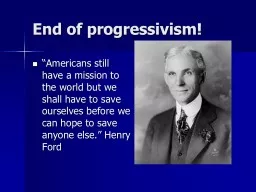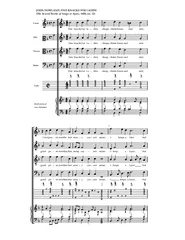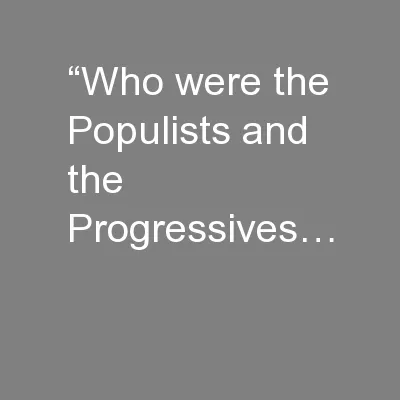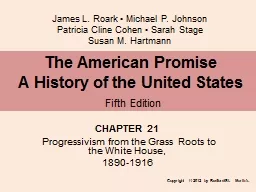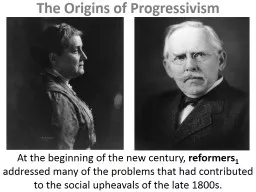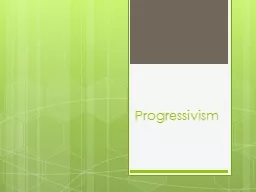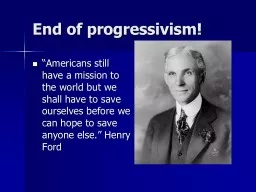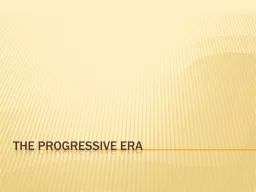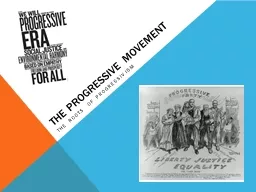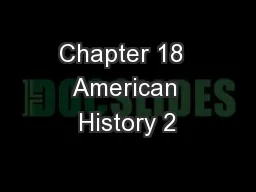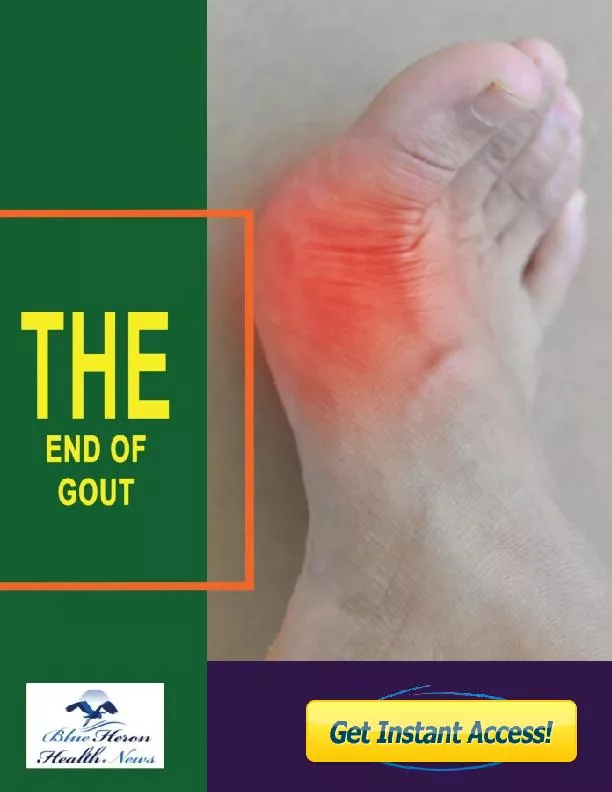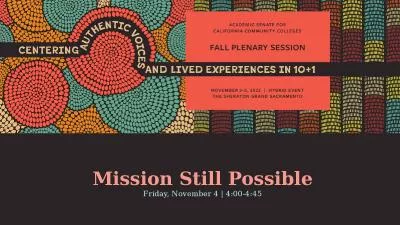PPT-End of progressivism! “Americans still have a mission to the world but we shall have
Author : stefany-barnette | Published Date : 2018-10-27
Warmup Answer the following using the handout The 1920s are often perceived as a period of great wealth What evidence does the author present that America during
Presentation Embed Code
Download Presentation
Download Presentation The PPT/PDF document "End of progressivism! “Americans still..." is the property of its rightful owner. Permission is granted to download and print the materials on this website for personal, non-commercial use only, and to display it on your personal computer provided you do not modify the materials and that you retain all copyright notices contained in the materials. By downloading content from our website, you accept the terms of this agreement.
End of progressivism! “Americans still have a mission to the world but we shall have: Transcript
Download Rules Of Document
"End of progressivism! “Americans still have a mission to the world but we shall have"The content belongs to its owner. You may download and print it for personal use, without modification, and keep all copyright notices. By downloading, you agree to these terms.
Related Documents

